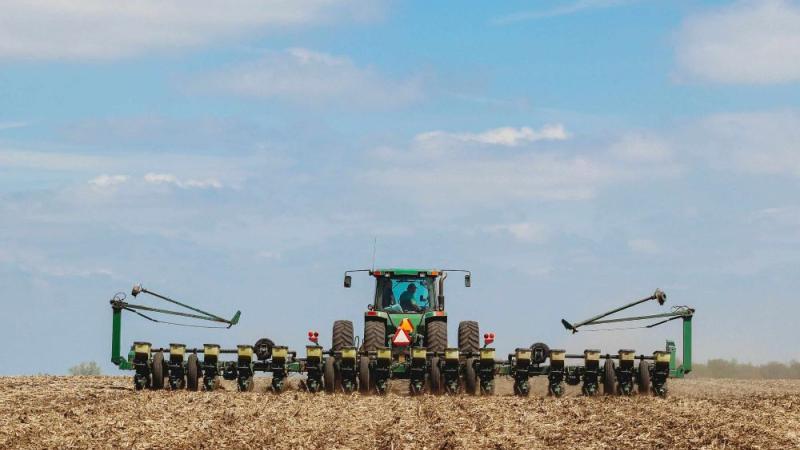Assessing Early Season Corn and Soybean Stands
With corn and soybean planting well underway in the Western Corn Belt, the next step is monitoring our crops emergence. This spring can be described as later planting due to colder soil temperatures. On average, corn requires approximately 100-125 growing degree days to emerge. However, field conditions and planting date can change the number of growing degree units required. (Table 1)

Corn:
Corn growing degree days are calculated using the following equation
(maximum daily temperature + minimum daily temperature) / 2 – 50 degrees Fahrenheit
Corn growth and development occur between 50 degrees Fahrenheit and 86 degrees Fahrenheit. If the minimum or maximum daily temperature exceeds these values in either direction, these base development temperatures should be substituted into the equation in place of the actual high or low daily temperature.
Corn that was planted in mid-April and sat in cooler soil for an extended period of time could have experienced stress during germination. Once the corn starts to emerge and enough growing degree units have accumulated, taking stand counts two ensure even emergence is necessary.
Soybeans:
- VE Stage: Emergence
- Soybeans germinate when the seed absorbs half its weight in water. The radical (primary root) emerges first. The hypocotyl (stem) follows soon, growing upward and pulling the cotyledons (“seed leaves”) with it. The hypocotyl extends and the cotyledons open and begin to turn green. Emergence occurs 5 to 10 days after planting, depending on field conditions and lateral roots begin to grow and absorb water and nutrients.
- VC stage: Cotyledon stage
- The VC stage begins when the unifoliate leaves unroll (leaves no longer have edges touching). The cotyledons supply nutrients to the plant for 7 to 10 days. If both leaves are lost, yields can suffer by 8 to 9%.
Summary:
Walking your emerging corn and soybean fields and assessing your stands is a key to raising a good crop. Uneven emergence can be caused by many factors. Identifying these fields that have potential issues and addressing the issues needs to happen in a timely manner. If you have any questions about your corn or soybean stands, call your local Hoegemeyer agronomist if you have any questions.
Sources
- Corteva Corn and Soybean development
- Adam Varenhorst, Estimating corn emergence with Growing Degree Days


